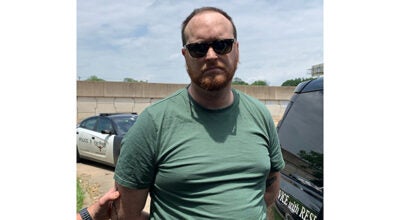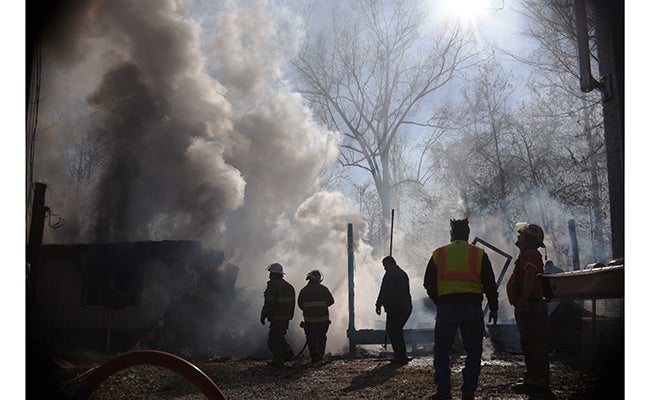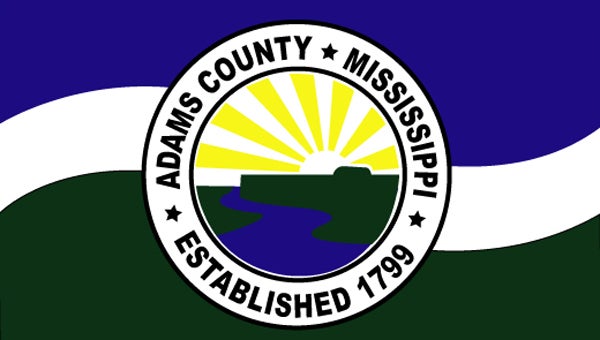Millions of dollars spent during the May 2011 flood
Published 12:04 am Sunday, January 15, 2012
“Most disasters FEMA co-vers are one date — it’s a tornado or a hurricane — so they set a very short window of when the disaster occurred and a time after that,” Walker said. “Because this flood was so prolonged, the disaster occurrence date was extended.”
Walker said the city would have three years from the last date of the disaster to repair long-term issues with the funds it hopes to receive.
Copeland said the city hopes to learn what FEMA money may be coming its way within the year.
“We may not have that much damage, and I hope we don’t, but that’s how much we’re estimating it will be,” Copeland said. “They’ll evaluate it and let us know of their decision.”
Even with all the paperwork in order, Copeland said the city would not begin doing any flood related repairs — unless it’s an emergency situation — until they hear from FEMA.
“If we start construction without getting approval from FEMA, then we can’t get reimbursed,” Copeland said. “We need to wait until we hear from them before we do anything.”
The four buildings on the Riverfront that are on city property, Promise Hospital of the Miss-Lou, Riverpark Medical Center, Comfort Suites and the Vidalia Conference and Convention Center, were protected from structural damage by Hesco baskets provided by the Governor’s Office of Homeland Security and Emergency Preparedness.
Approximately 20,000 cubic yards of sand was purchased by the city to fill the baskets.
Area private businesses:
Half a dozen private businesses fought off floodwaters without the promise of government assistance to back them up.
Even though some of those businesses did have flood insurance that paid for damages and prevention, the cost of business lost can’t be reimbursed.
Riverpark Medical Center
The out-patient medical center on the Vidalia Riverfront vacated its building on May 5 and reopened the building for operations on June 20.
Ear, nose and throat specialist Dr. John White, who is also part owner of the building, said several contingency plans were in place before the city came up with the idea to surround all the riverfront buildings with Hesco baskets.
“We had the idea of building our own levee system around the building for a while,” White said. “We were looking at about a $250,000 expenditure if we were going to build our own levees.”
But the city approached them with its own idea first.
After putting all its eggs in the city’s Hesco Bastion baskets, White said the medical center switched its focus to protecting two vital pieces of equipment in the building — an MRI machine valued at $1 million and a CT scanner.
The medical center’s major expense was hiring contractors to ensure that the plumbing and electrical going into the building wouldn’t cause significant damage.
White said the medical center spent an approximate $10,000 to $15,000 in labor costs to prevent damage from plumbing and electrical.
“We had to make sure the plumbing was totally sealed off so we wouldn’t get any back water coming into the building,” White said.
After evacuating and securing the building, several of the private practices, including White’s practice, moved to temporary offices across the river.
White was placed in a temporary building outside of Natchez Regional Medical Center, where a previous ear, nose and throat doctor had been before.
“We were fortunate because they had been practicing in that space and a lot of his office equipment was still there so we didn’t have to take over a lot of our examining equipment,” White said. “We had to bring over a few pieces of vital equipment like a surgical microscope and some of our portable diagnostic equipment.”
White said that despite aggressive marketing efforts to let patients know where he was, his practice lost an estimated 25 percent in business.





